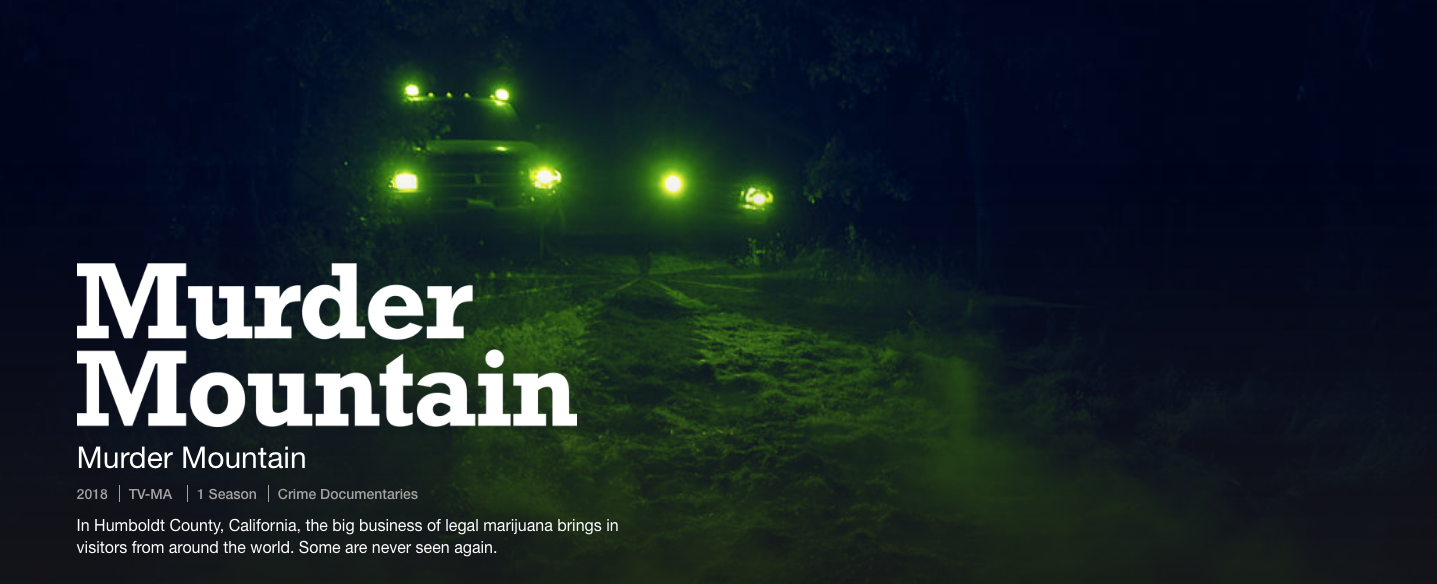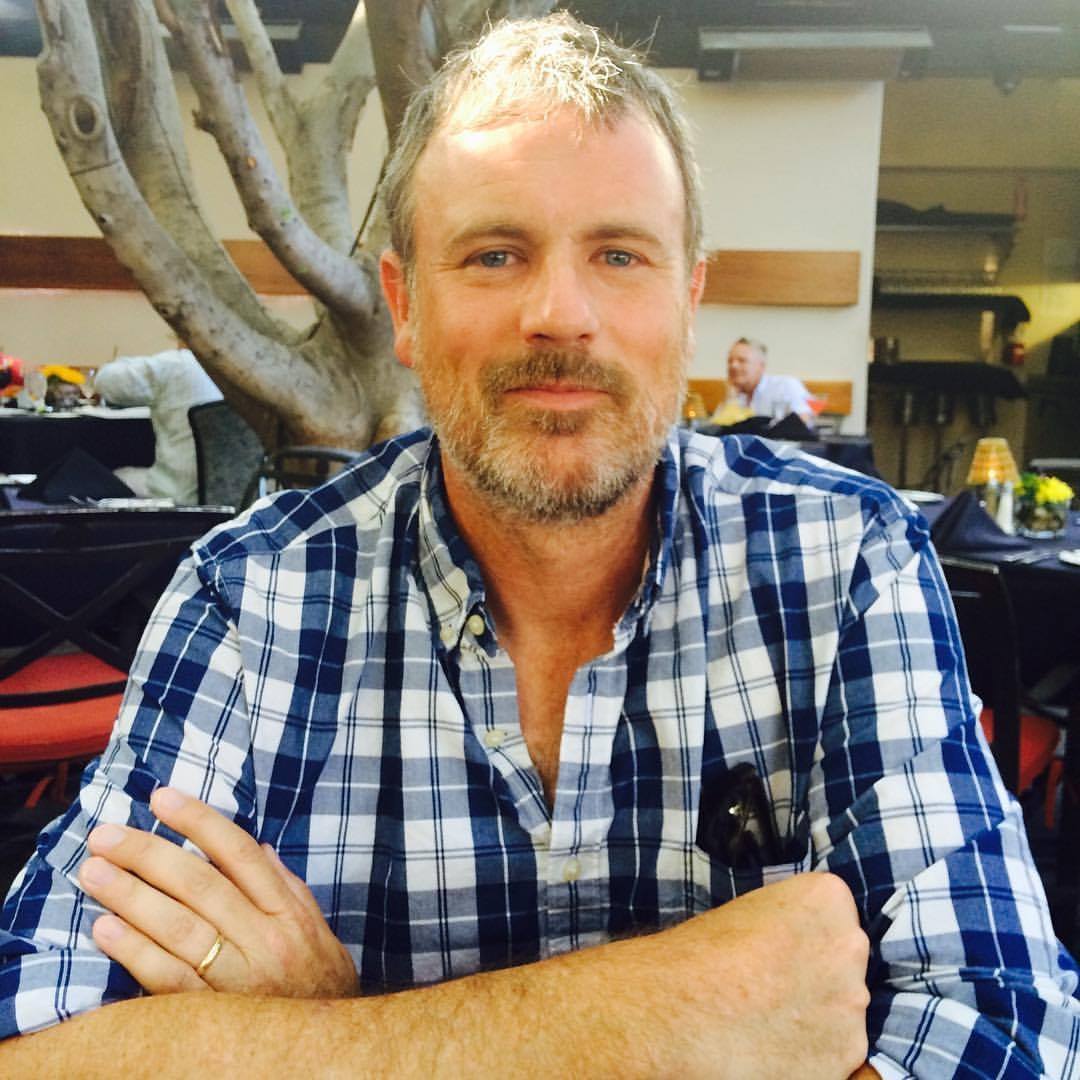
My grandfather, Roscoe Mallam (aka “Jake”) Prior, grew up on a cattle ranch in southern Humboldt County, where his family had been living for generations. The so-called Tooby-Prior Ranch was nestled among beautiful grassy mountain tops and deep redwood groves just outside the small town of Blocksburg, CA. His wife, Edwina, taught classes in a since-abandoned one-room school, a historical landmark that still stands. Grandpa Jake grew up herding cattle on horseback, could saddle a horse with one hand while holding one of his ever-present cigarettes in the other.
I have some fond memories of being on the ranch back in the mid-1970s, riding horses, wearing a cowboy hat and running around with an empty rifle looking for rattlesnakes. I also remember going to a relative’s wedding at a local park where I probably heard the Grateful Dead for the first time and and definitely smelled something strange in the air. Later on, I was told that we wouldn’t be going back to the ranch again, and that a bunch of my second cousins were now on the wrong side of the law, whatever that meant.
All these memories came flooding back to me recently as I watched the opening episode of Netflix’s fascinating four part series Murder Mountain, which explores the high rate of missing people and a troubling series of recent murders in Humboldt County, as well as the history of illegal marijuana farming in the area and the ongoing effort by local farmers to trust local authorities enough to transition into a legal cannabis industry. Better known as the so-called “Emerald Triangle,” Humboldt, Trinity and Mendocino Counties are the source of up to 80 percent of the marijuana that ends up on America’s black market. After exploring the difficulties of tracking down missing people in such a remote and densely-wooded area, the show gradually begins to focus on one particular missing person who was last seen in a town called Alderpoint, which is located about ten miles south of Blocksburg down a winding country road.
Murder Mountain is a gripping exploration of how the Emerald Triangle came to be what it is today: one of the last true patches of America’s wild west, where pot brokers from all over the country show up to smuggle weed back east.I did some reporting on the Emerald Triangle’s underground marijuana trade for this paper several years ago, where among other things, I visited a secret grow operation just across the river from Alderpoint. As quickly becomes apparent in Murder Mountain, it’s not just difficult for families, private investigators or local cops to locate missing people because of the challenging geography. It’s more that a sizable majority of the local people scraping by off cannabis cultivation up in the hills just don’t want to talk to cops, and the cops really don’t enjoy talking to them. Serving a search warrant or inspecting a marijuana field in those hills often involves dealing with heavily armed people wearing bandanas over their faces and riding around on all-terrain vehicles, their properties guarded by locked gates, angry dogs, and occasionally booby traps.
But what makes Murder Mountain a truly watchable, if somewhat grim, viewing experience is the story that gradually unfolds regarding a San Diego fishing enthusiast who opted to invest in a black market marijuana crop and then disappeared without a trace. At the risk of spoiling the suspense, it ultimately isn’t law enforcement who solves the crime, but local vigilantes who grab their weapons and confront the culprit in the middle of the night, demanding to know where the body is buried. The story of what happens next–as well as what doesn’t happen next–is an incredibly compelling tale that is best left to viewers to enjoy for themselves without spoilers. And the very fact that everything that happens in Murder Mountain is true–and that almost nobody outside the Emerald Triangle has even been aware of it until now–makes it all the more impresssive to finally see onscreen.

Award-winning investigative journalist Nick Schou is Editor of OC Weekly. He is the author of Kill the Messenger: How the CIA’s Crack Cocaine Controversy Destroyed Journalist Gary Webb (Nation Books 2006), which provided the basis for the 2014 Focus Features release starring Jeremy Renner and the L.A. Times-bestseller Orange Sunshine: The Brotherhood of Eternal Love’s Quest to bring Peace, Love and Acid to the World, (Thomas Dunne 2009). He is also the author of The Weed Runners (2013) and Spooked: How the CIA Manipulates the Media and Hoodwinks Hollywood (2016).

